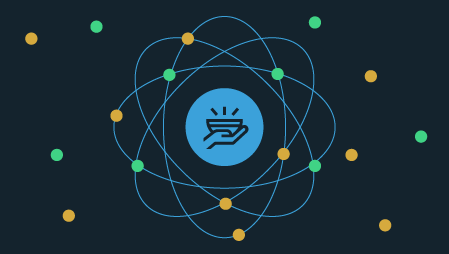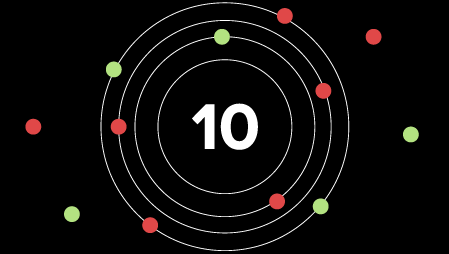Ready to learn Internet of Things? Browse courses like Internet of Things (IoT) Training developed by industry thought leaders and Experfy in Harvard Innovation Lab.
The IoT (Internet of Things) has been hugely popularized by companies, such as ARM, Bosch, Cisco, GE and Intel. Their marketing campaigns speak of new and massive business opportunities along with their respective IoT market offers. So what do users of such offers need to know in order to manage their IoT product development plans strategically?
IoT seems like a more popular label than M2M (machine-to-machine). As such, users may conclude that M2M design approaches are perfectly satisfactory. This is a risky assumption.
M2M solutions typically apply to well-defined, vertical-industry applications. IoT solutions involve interactions across disparate connected devices and other data sources. Devices may connect via different networks and platforms. Applications may also be developed via “mash-up” strategies and across vertical application silos.
Metrics to evaluate IoT and M2M are also different. M2M tends to be valued in ‘numbers of connected devices’ and the ‘average revenue per device’. IoT is quantified by the economic value that is created by eliminating inefficiencies or exposing new value propositions.
IoT product (and service) development can learn from the M2M market. However, long term success is contingent on anticipating new service opportunities. Consider this in terms of four product development stages.
- Adding basic connectivity – this is a decision about adding fixed-network, mobile and/or short-range wireless connectivity to a device and how this is provisioned across one or more network providers.
- Integrating managed connectivity – a high quality of service relies on a service management platform to ensure that devices are working properly, that data is transferred effectively and to manage devices remotely.
- Implementing a ‘vertical’ M2M application – this may be an asset tracking or machine-health monitoring application which may also be integrated with a company’s enterprise resource planning system.
- Anticipating IoT application(s) – here, the value of a connected device is magnified by supplying its data to other applications or because its own performance is enhanced by data from external sources. An example might be an urban, transport management application that makes use of fleet movement, highway traffic and micro-climate data from a weather-services agency.
Most companies get caught up in the first few stages of product development and miss out by not planning for Stage 4 sources of value. In the connected home market, Google’s $3.2bn acquisition of NEST connected home products shows where an IoT mind-set is taking the M2M industry.
The challenge for manufacturers aiming to profit from IoT opportunities is to manage their product development road-map strategically. They have to anticipate solution “mash-ups” and data from different ‘vertical’ silos or third-party sources.
The supply-side of the IoT market faces its own challenges. Basic connectivity will be commoditised once technology choices are simplified. By then, network and platform interoperability will drive value through new business models based on shared resources and data assets.




